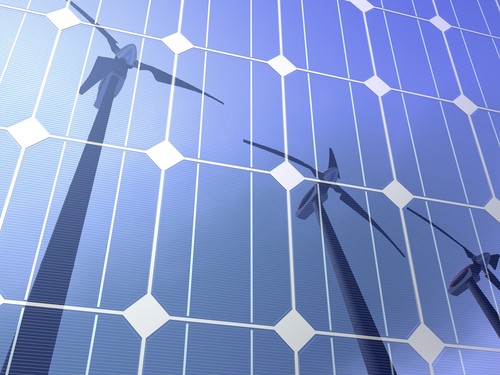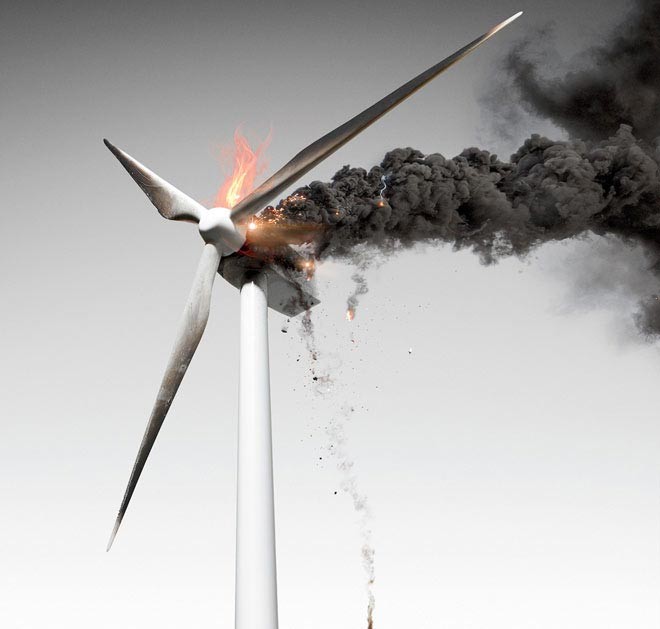The Big Green Opportunity Transforming Clean Tech Into Main Tech
Post on: 16 Март, 2015 No Comment

This guest post was written by Vinod Khosla. the founder of Khosla Ventures and a leading Silicon Valley clean tech investor.
Image: via @daylife
By Vinod Khosla
Clean tech as we see it continues to be a large opportunity – one that we believe will create significant impact and positive returns – despite what the pundits are saying.
Worldwide, 500+ million affluent people enjoy an “energy and resource rich” lifestyle but five billion people are still striving for this prosperity. The only way to bridge this gap is innovation and increased resource efficiency.
But the pundits in search of stories focus on the examples of a few well-highlighted but probably predictable failures, like Solyndra and A123, thus scaring off potential investors and, unfortunately, it appears that fewer good ideas are getting funded. This challenging environment calls for different strategies than have been taken in the past.
It is possible that existing technology and business-as-usual will be able to handle the projected growth in demand for energy and resources, but they will do so only at an increasing cost. This would place a growing drag on the economy long term and would create increased systemic risk. Instead, we can invent and commercialize new technologies that provide far better alternatives to the current methods in these markets.
Given the trends of business-as-usual, markets for truly economic sustainable technologies that impact our resource development or consumption will flourish in the long term. As we like to say, new technologies that meet the “Chindia Price” – the price at which China and India will adopt a technology without subsidies – by reaching unsubsidized market competitiveness and obeying the “laws of economic gravity,” will do well if they can survive until they scale. Survival of good technologies unfortunately will not always be assured.
We believe the more mainstream (“main tech” or unsubsidized cost competitiveness in a broad array of mainstream energy businesses) and less niche (“clean tech” or the subsidized carbon price dependent world) target markets for a technology, the better the economics and the less probable the dependence on regulation and subsidies.
From the beginning, Khosla Ventures has had an investing strategy around main tech, not around the conventional interpretation of clean tech representing our philosophy of supporting a broader set of clean tech technologies that have main tech economics.
This is a much more holistic view than how “clean tech” is conventionally interpreted in the press, which tends to think of it as just solar, wind, and electric vehicles.
With our sustainability strategy, we invest in many different categories – utility-scale clean energy generation (solar thermal), distributed generation (rooftop solar or efficient power generation engines for buildings), mechanical efficiency (engines), electrical efficiency (LED lighting), batteries, biofuels, biochemicals and bioplastics, materials (glass that blocks light at the push of a button), and agriculture (reduced fertilizer use) and food (produced more efficiently). This diversity limits the effects of any one segment going out of fashion, reducing the risk of the entire portfolio.

Being so widely diversified has insulated Khosla Ventures and other funds that have taken this approach, while traditional clean tech investors, who concentrated in solar, wind, or batteries alone, have generally not fared as well. With a little luck, we currently expect almost all of these categories to be individually profitable in our portfolio. Given our main tech focus the consequences of failure are losing one times our money, but the large markets make the option value of success very attractive in our view.
The nature of disruption: A few win, place or show but most lose!
Clean tech investing and its outlook have recently been marred by the publicity, politics and headlines around a few notable failures. When a new market emerges, be it solar cells, biofuels, engines, LEDs, networking, storage, search, mobile or anything else, technologists jump in and innovate.
But for every 10 startups with new technology ideas, there are, at best, only a few winners. I like to say that in any new technology horserace, there are only a few that can win, place, or show for performance and cost effectiveness. The others, the majority, will likely perish or be acquired for residual value. The failures of Solyndra and A123 should be viewed in this light.
Making mistakes and having some failures is par for the course when you’re backing new technologies, some of which may be at the very early stages. We’ve made our own share of mistakes here, i.e. investing in corn ethanol technology that wasn’t advanced enough to be competitive (corn ethanol simply can’t reach the Chindia Price and was a big blind spot for many) but realized our mistake very early and stopped funding this area.
As markets begin to form, all technologies look good, but by the mid-to-late stage, some become clearly uncompetitive. Most competitors will fail to win, but the winners will reap big rewards.
Most ventures will lose money according to venture industry statistics, but more money will be made than lost. This is why venture funds can still have good returns even when most startups fail. At Khosla Ventures, we currently expect to do better than industry averages by keeping our losing companies to a minority.














